Invited Speakers
Dulčić Jakov
Head of Laboratory of Ichthyology and Coastal Fisheries, Scientific Counsellor at Institute of Oceanography and Fisheries, Split. Full professor at University of Zagreb. His research interest includes taxonomy, biology and ecology of coastal fish, fish population dynamics, coastal fish assemblage ecology, marine biodiversity of marine coastal areas, the processes of tropicalisation and bioinvasion in the Adriatic Sea, bioinvasion, zoogeography, history of marine research.
Pleanary Lecture:
„Croatian marine ichthyologists: a 440-years long journey“
Abstract
This presentation is giving a historical overview of the development of marine ichthyology in Croatia from the 16th century and the work/correspodence of Jakov Sorkočević Lovrov until the present day (a 440 – years journey). The presentation also gives data concerning the most important marine ichthyologists (Sorkočević, Bučić, Kolombatović, Brusina, Kosić, Lorini, Šoljan, Gamulin, among others) whose work marked certain periods of history in a particular way. Some of their works (such as „Fishes of the Adriatic“) that contributed to the development of marine ichthyology in Croatia and wider area are discussed as well.
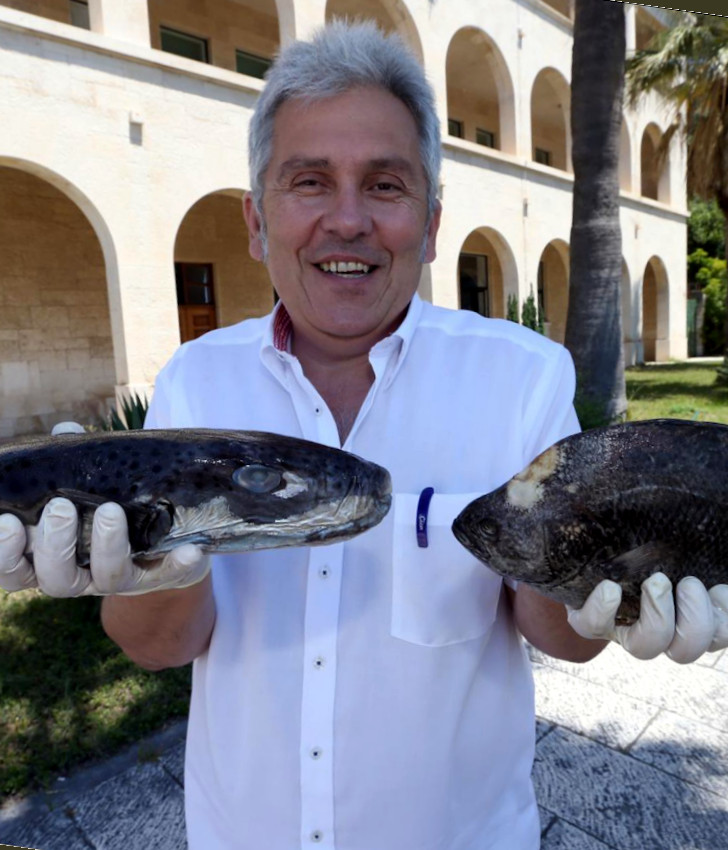

Buj Ivana
Employed as an assistant professor at the Zoological Department of the Faculty of Science, University of Zagreb. The main focus of her work includes taxonomical, population genetic and evolutionary investigations of freshwater fish species, particularly endemic species in karstic watersheds. Moreover, she is dedicated to conservation of exceptional ichthyodiversity present in Croatian watersheds by combining all available approaches, including conservation genetics principles and integrative approaches.
Pleanary Lecture:
„From evolutionary ‘highways’ to diversification ‘blind-ends’ – the origin and perspective of exceptionally rich ichthyodiversity harbored inside Dinaric karstic watersheds“
Abstract
T
The diversity and richness of the freshwater biota in Croatia is usually explained by division of Croatian waters into two watersheds (Adriatic and Black Sea watersheds) that express different geological, hydromorphological and ecological conditions. Nevertheless, in order to better comprehend origin, but also future of the exceptionally rich fish communities in karstic watersheds, we need to dive deep into the past and search for evolutionary pathways and phenomena that were provoked by complex geologic history of this area and shaped the ichthyodiversity that we can admire today. Fortunately, by recently conducted molecular genetic investigations, we were able to shed at least some light on the evolution of the freshwater fishes in Dinaric water systems. From almost 30 million years ago, the period when the whole southern Europe was an archipelago, through Dinarids upwelling, freshwater systems appearance and evolution, fluctuations in the Adriatic Sea water level, up to the Pleistocene interchange of glacial and interglacial periods and current days Earth landscapes, severely influenced by anthropogenic activities, we were able to trace evolutionary histories of several freshwater fish species and genera, whose developments were inseparably connected with Dinaric karstic watersheds. From Aulopyge hueglli, whose evolutionary history comprised more than 20 million ‘years of silence’ to genus Squalius that colonized this area on three distinct occasions; from genera Telestes and Delminichthys, that originated in this region to the genus Salmo, that colonized Dinaric watersheds from other sources, but became the most extraordinary here (for example, S. obtusirostris or S. farioides); from exceptionally high genetic diversities comprised inside Cobitis dalmatina or Telestes turskyi to populations that comprise genetic material of more than a single species - all ‘shapes and colours’ of evolutionary trajectories and phenomena, diversification events and speciation modes and phases left their trace in the recent diversity of freshwater fish in this ichtyological ‘hot spot’. Although we have methods and capabilities to discover their pasts, the question on their future perspectives, even though highly depending on our activities, remains unrevealed.
Lovrenc Lipej - Cancelled due to illness
Scientific Counsellor at Marine Biology Station Piran, National Institute of Biology, Slovenia. Full professor at University of Ljubljana. His research interest includes coastal fish assemblage ecology, shark ecology, marine biodiversity of marine coastal areas, with special regard to protected areas, the processes of tropicalisation and bioinvasion in the Adriatic Sea, special interest in endangered species and habitat types of the Mediterranean, raptor ecology in the Mediterranean type ecosystem.
Pleanary Lecture:
„The state of art of elasmobranch research in the Adriatic Sea: experiences from the Gulf of Trieste“
Abstract
The fate of elasmobranchs in the Adriatic Sea and the whole Mediterranean basin is unclear. Due to their vulnerability to fishing pressure they are facing an unprecedented and dramatic decimation in their numbers. Since sharks and rays As apex predators can regulate prey species densities and their distribution, they are considered as suitable indicators of environmental health, however, they are still poorly investigated. To this end, it is important to achieve knowledge from all possible and available sources such as the specimens entangled in fishermen nets as bycatch and sighthings and to include modern options such as citizen science by applying LEK (local ecological knowledge). Author wish to present the state of art of elasmobranch research in the Adriatic Sea with experiences gained through research performed in its northernmost part and try to propose some options to improve the elasmobranch research and possible conservation measures.
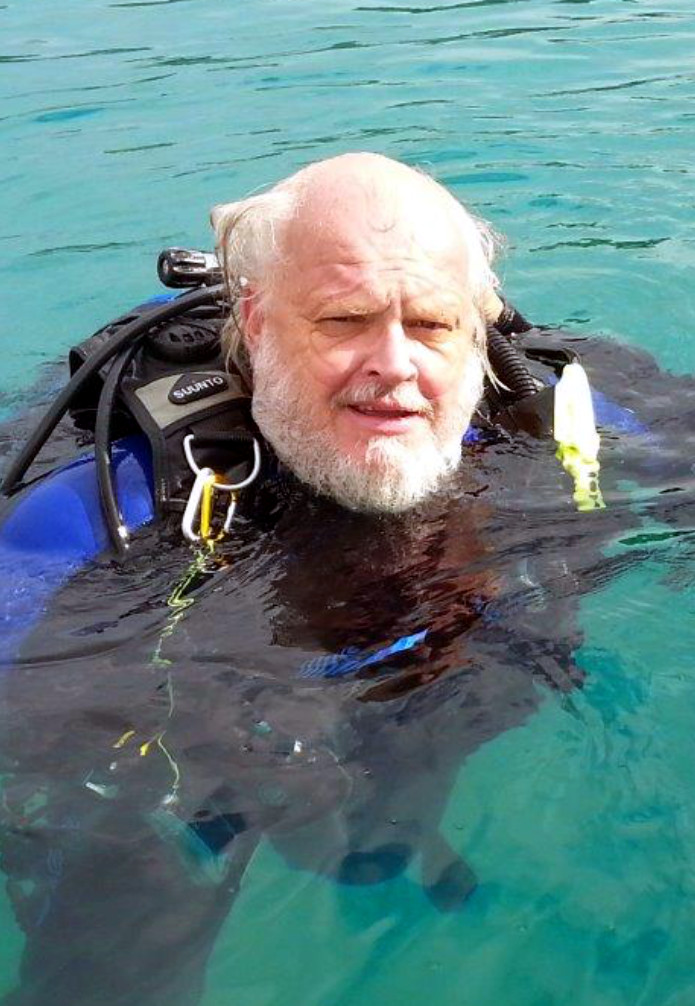
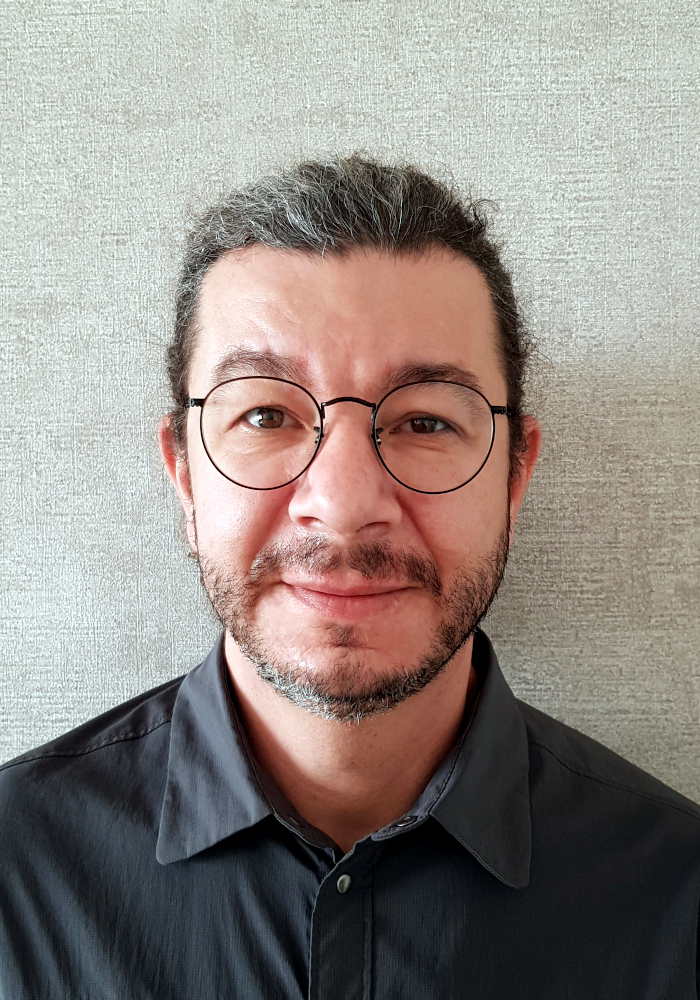
Murat Bilecenoglu
Employed as a full professor at the Biology Department of Aydın Adnan Menderes University, Turkey. He has focused on several fields of marine research including fish taxonomy, alien species introductions, conservation biology, marine biodiversity studies (with an emphasize to marine protected areas) and fish population dynamics.
Pleanary Lecture:
“We watched them spread, invade and become part of us - overview of alien fish in Turkey”
Abstract
Approximately 16% of the Turkish marine ichthyofauna is composed of alien species originating mostly from the Indo-Pacific Ocean and the Red Sea - a ratio doubled within the last two decades, as a pure indication of the unprecedented increase of introductions. Ongoing research is skewed towards recording new species introductions and range expansions, which provides a close and timely monitoring of their dispersal capabilities, while costly and laborious bio-ecological research is extremely limited to a few examples. Therefore, a good understanding of the magnitude of the multifaceted impact of alien fish has not yet been achieved, which is required for the efficient prioritization of actions for developing mitigation measures. This presentation will focus on the ecological, socioeconomics and human health impacts of notable alien fish based on experience gained from the Turkish coastline. The varying invasive species perception among different segments of the society will also be discussed.
Nir Stern
Head of fish and fisheries lab at the Israeli Oceanographic and Limnological Research Institute (IOLR).
His studies focus mainly on the marine fish fauna of the eastern Mediterranean Sea, integrating traditional taxonomy with DNA-based methods to explore local biodiversity, from eggs to adults.
Moreover, he is responsible for national monitoring projects both in marine and freshwater environments, and serves as an active member in national conservation efforts such as designing marine protected areas and implementing sustainable fisheries protocols.
Pleanary Lecture:
„From eggs to adults: dynamic trends in fish and fisheries at the Israeli Mediterranean coast, Levant Basin.“
Abstract
The ichthyofauna at the Israeli Mediterranean coast will be reviewed during this talk throughout its life cycle, pursuing a general attempt to describe the diversity and distribution of fish in a highly invaded and oligotrophic sea.
First, Ichthyoplankton surveys that were conducted above the continental shelf and beyond will be discussed, including the advantageous use of DNA-based methods in processing the planktonic samples.
Next, juvenile recruitment trends and adult benthic fish distribution will be presented based on seven years of monitoring experience, emphasizing the dynamic changes in fish communities of continental sandy habitats, a mixed outcome of intense biological invasion and global warming.
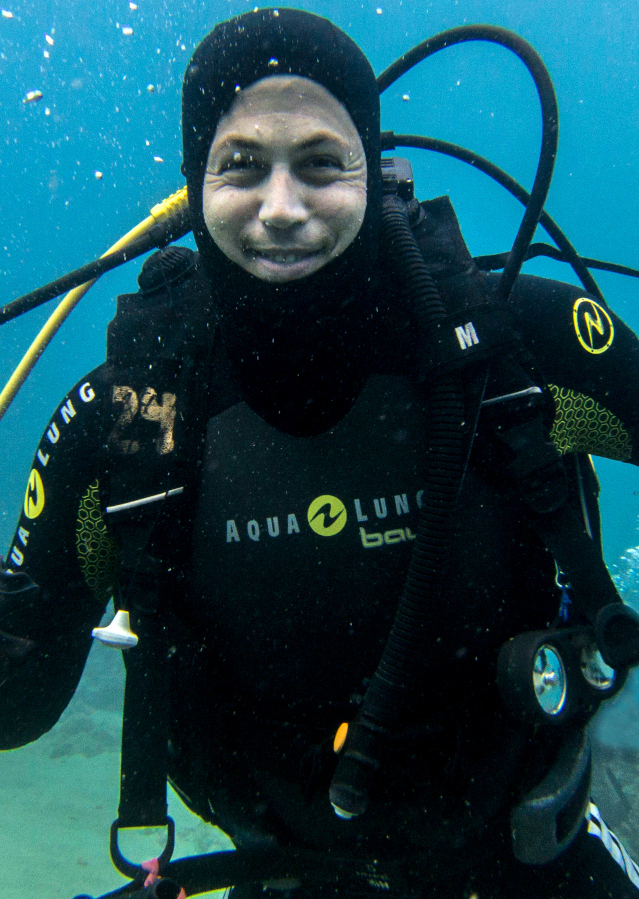
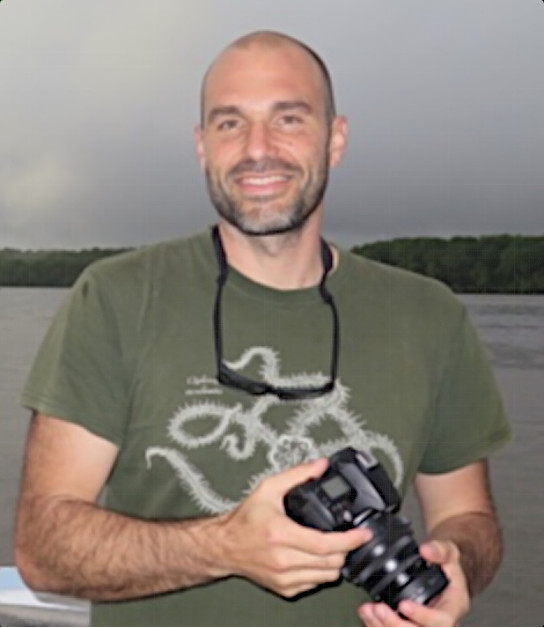
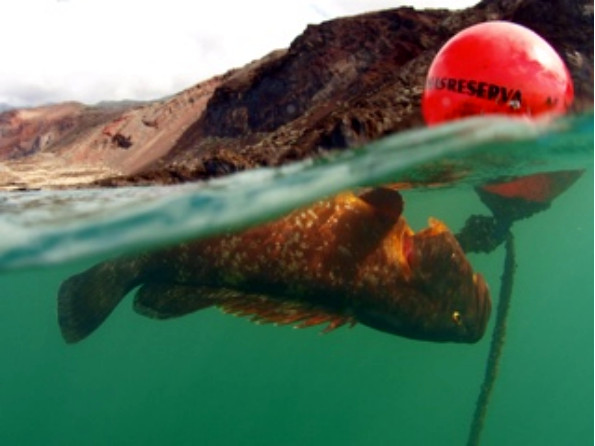
José Carlos Hernández
Professor at the Universidad de La Laguna (Tenerife, Canary Islands, Spain) and head researcher of the Marine Community Ecology and Conservation research group.
José Carlos is also an experience diver in love of every marine creature, specially fish. His motivation in life is to understand and to explain the secrets of the underwater life to his students; and doing so, he seeks to make them to care our connection to nature.
He has extensively investigated the establishment and stability of alternative ecosystem states in subtropical rocky systems, such as sea urchin barrens and macroalgae forest. In parallel with the degenerating trend of the natural world around us he has also cultivated an especial interest on the study of human-derived stressors, such as overfishing and climate change, that can act to erode the resilience of marine communities, thus exacerbating the risk, spatial extent and irreversibility of an unwanted regime shifts for marine ecosystems. For this research topic, he has worked at different Marine Protected Areas worldwide to understand how ecosystem resilience can be enhance.
Pleanary Lecture:
“Nature protection and ecosystem resilience: what have we learn from a catastrophic underwater volcanic eruption?”
Abstract
Natural hazards are not uncommon in marine ecosystems. Recently, we have observed intense volcanic activity in the western part of the Canary Islands (Spain). In October 2011, an underwater eruption occurred on the southern coast of El Hierro Island. The large amount of gases emitted during the eruption created a sulfurous volcanic plume that caused large invertebrate and fish mortalities. This catastrophe affected the Mar de Las Calmas area, which includes a well-established, 24-year, marine protected area. We used this catastrophic event and 25-year time series data from Punta de La Restinga-Mar de Las Calmas Marine Reserve (PRMC-MR) to test the resilience of the commercial fish species to the mass mortality caused by the volcanic eruption. We considered resilience as a sequential process and partitioned it into (1) resistance or the ability to absorb the impact, (2) course or trajectories of recovery, and (3) recovery as the ability to restore a similar fish community 8 years after the volcanic impact ceased. Here, we demonstrate that the no-take zone can boost the resilience of commercial fish communities. This result was mainly due to the total fish biomass in the no-take zone that was resistant, had a positive course and had recovered from the perturbation. The fish community had not recovered to the prevolcanic state 8 years after the eruption. This was probably due to the contrasting return times of fish with different life histories. While the parrotfish Sparisoma cretense recovered and even surpassed its prevolcanic biomass within the first year after the eruption, the dusky grouper Epinephelus marginatus still had not yet reached its pristine biomass. We provide the first empirical evidence to date of the usefulness of no-take zones in promoting ecological resilience against underwater volcanism.
